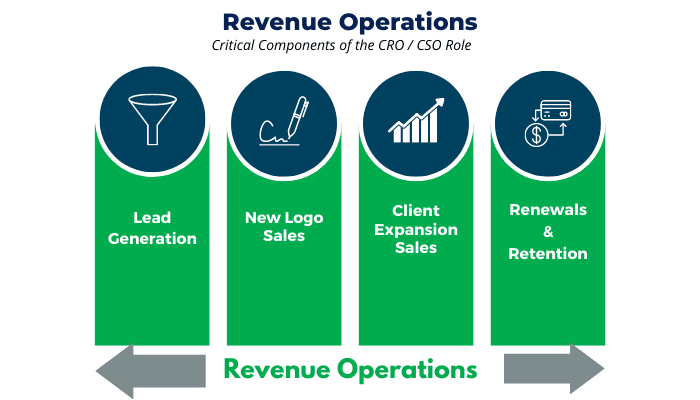Oscar Wilde said, “With age comes wisdom.” After working as a CFO for more than 30 years with nearly 100 companies, mostly startups, I’ve begun to identify some of the key early attributes of a topnotch management team. A great management team doesn’t necessarily guarantee success, but without one, you’re almost guaranteed to fail.
Of course, the second part of Wilde’s quote is, “But sometimes age comes alone.” So what are the hallmarks that distinguish a tier-1 management team from others?
The Chief: It starts with the CEO. Experience certainly helps, but there are plenty of outstanding, young CEOs. Successful CEOs rely on their strengths and leverage the strengths of the team around them. In a fundraising pitch, for example, I’ve seen CEOs do nothing more than open and close the meeting. In between, the heads of sales, marketing, product and finance all have a chance to shine and highlights the team.
Hire Great People: I often say that I’ve made a career out of hiring people smarter than I and managing them well. Successful companies and their managers are not afraid to hire A players and they never settle for B players.
Recognition: Great companies highlight and celebrate their successes as a team. “Catch people doing something good”. This might be cash compensation, a call-out at the all-hands company meeting or it could be something with intrinsic value only. At one company, we used a baton to celebrate success. The baton would sit on the recipient’s desk and became a coveted symbol of achievement.
Accountability: Of course, with recognition must come accountability. People need help and coaching if they are not meeting expectations and you can be sure that the rest of the team notices when a teammate is lagging. Holding people accountable for their goals fosters an environment of high achievement and success.
Decision Making: Seek input from a variety of sources but move efficiently to make decisions. Once made, communicate those decisions
clearly and succinctly. Most people are afraid to make decisions, but a leader embraces the challenge and is not afraid to be wrong.
Culture: Perhaps the most important, but the hardest to manage. Culture requires buy-in and starts with the senior management team. Culture is a continuous process that needs to be nurtured. While the management team can help guide the process of building and maintaining a strong culture, they do not have to implement specific programs. There are personality types in every company that help establish company culture. Ask for their advice and allow them to make proposals (e.g. The Fun Committee).
Great management teams operate in an environment of high expectations and welcome candid discussions and feedback. How does your team stack up?
Learn more about Chris Thomajan, TechCXO’s Managing Partner – Boston

